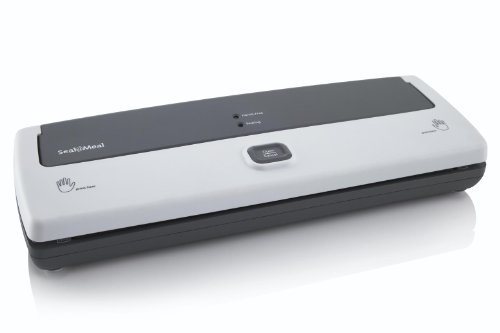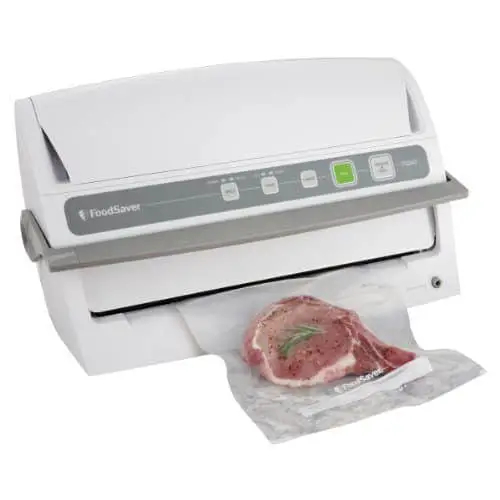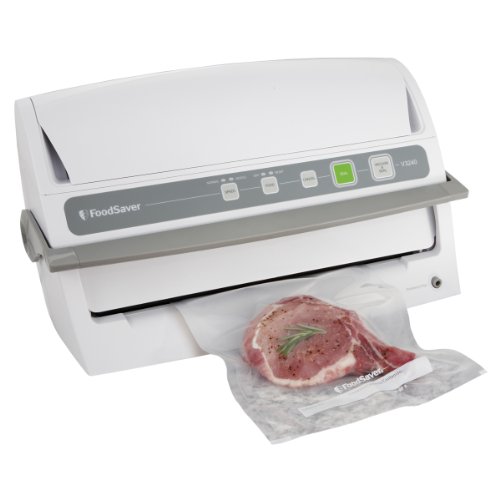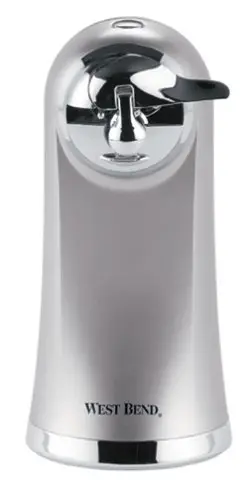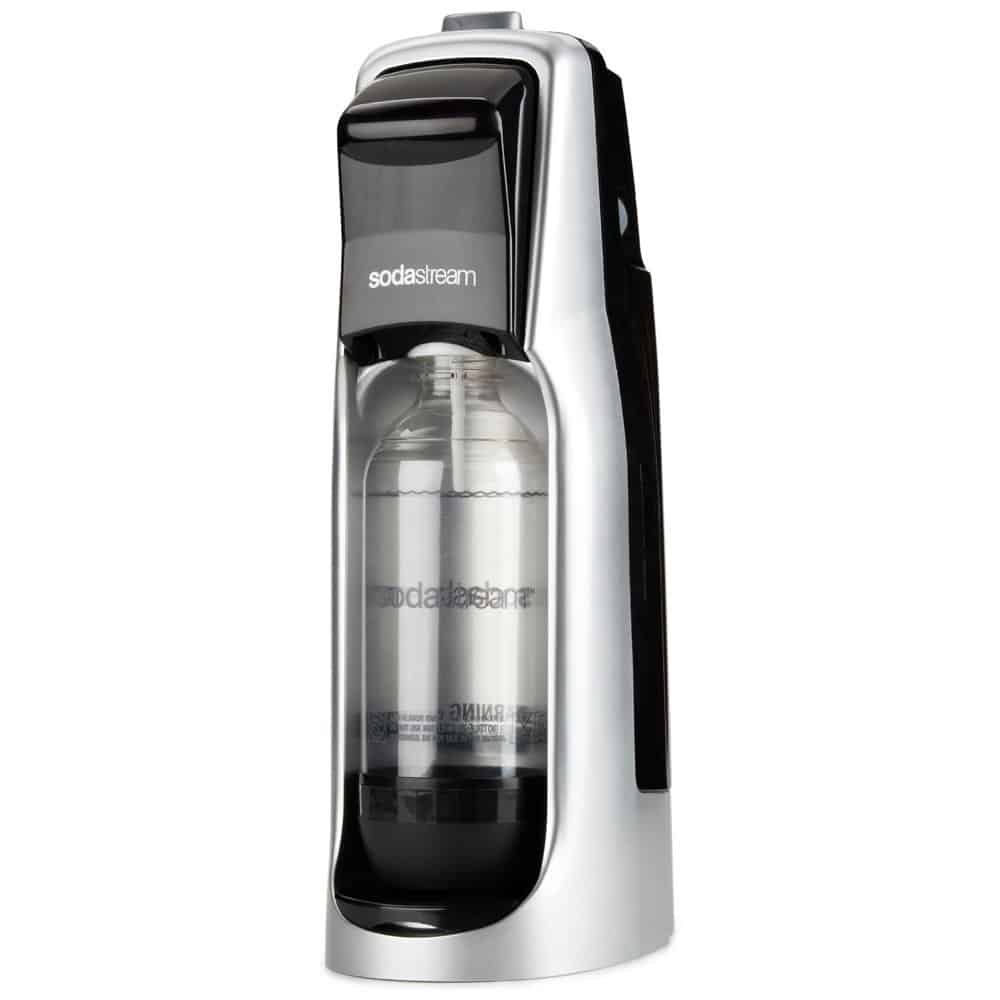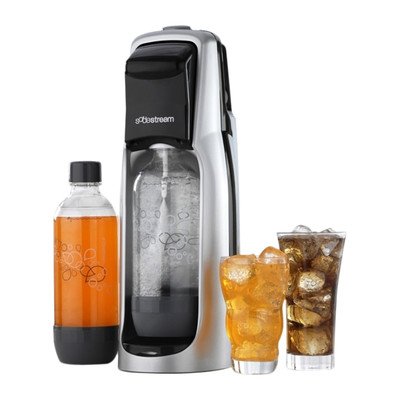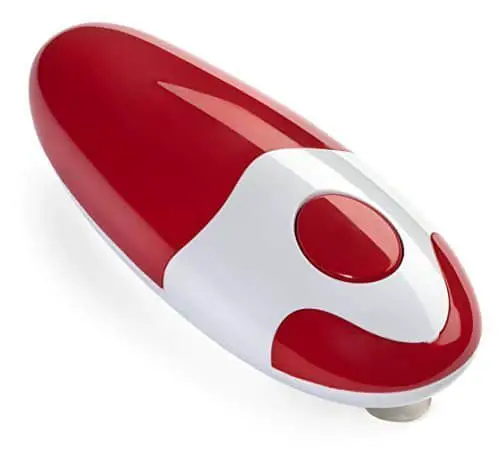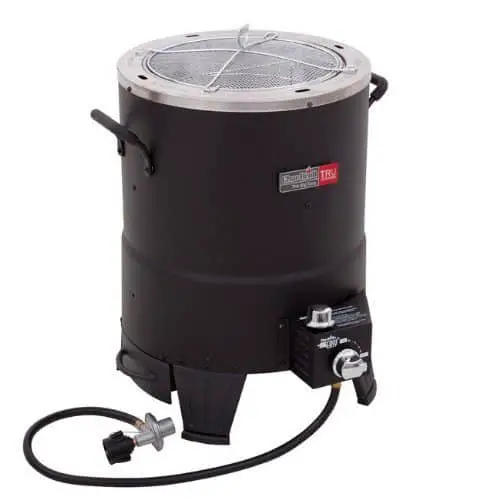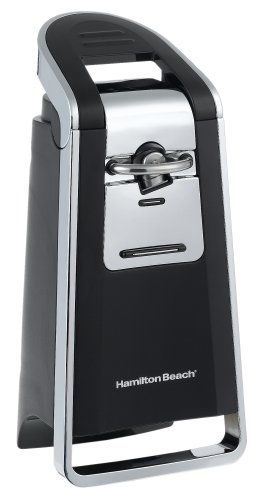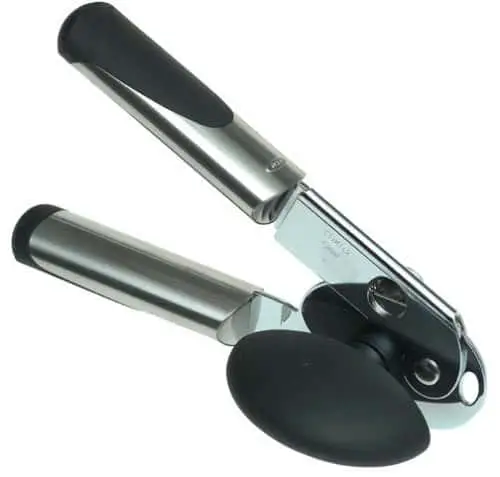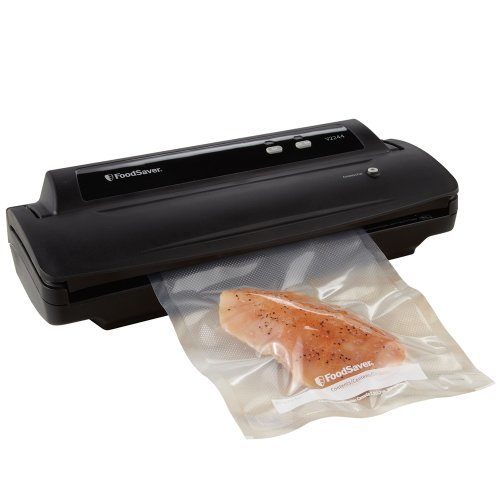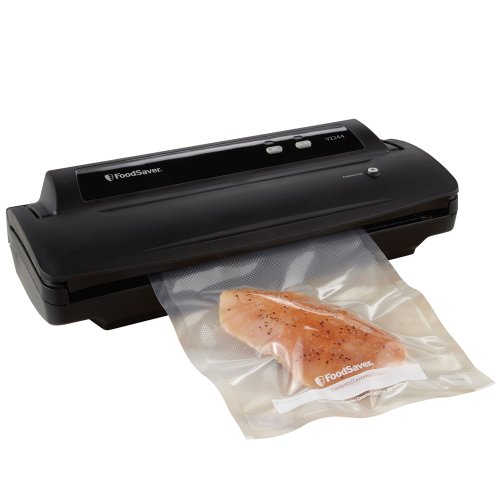As an Amazon Associate I earn from qualifying purchases.
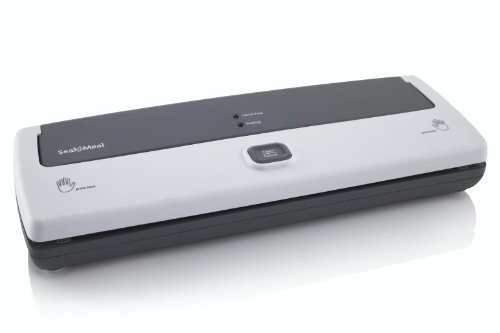
This Seal-a-Meal brand food vacuum sealer has a patented drip try making food sealing more convenient than ever before. It fits 8 inch, 11 inch, quart, and gallon size heat-sealed bags and rolls. This unit is hands-free so it is simple to use and has seal indicator lights so you know exactly when it is ready. It is of a compact design making it easy to store.
The design of this sealer is sleek and attractive making it a nice and appealing addition to most any kitchen. It removes the air from inside the bag so that food can be frozen without compromising freshness and taste. Foods can be frozen longer due to this process. The elimination of bulky containers in the freezer makes freezing food much more organized. It works great for storing leftovers and new cuts of meat as well and is a great way to bring garden produce to the table at a later date. And, this device can creatively be incorporated to even store a number of other things besides just food such as jewelry, important documents, silverware and other items from the house.
The process of sealing is now fast and easy. Clean up is simple and convenient as well. There is also a button that can be pushed in order to cancel the process at any time should you decide you have more to add to the bag or whatever reason you may have that you want to stop sealing.
The reviews of this food vacuum sealer were positive, for the most part. Many found it to be very easy to use and to assemble as well. It was said to be safe and well built by most who reviewed it.
One review did mention that all food sealers break and fail eventually. The remark was not necessarily meant to be a negative one, but just a factual reason the reviewer decided to go with this unit, which is on the lower price end.
Many noted the indicator light as a positive attribute. It takes the guesswork out of knowing when the bag is properly heated and sealed. Also, the fact that the sealer is hands-free was another huge bonus feature that many complimented.
This unit was also praised for the liquid catch retaining capability. The catch basin that comes with the sealer is said to be convenient in that it is instantly removable and allows for the liquid to be discarded while not slowing down the process of sealing. The container being dishwasher safe was a plus as well.
It was noted that the sealer bar is mounted securely and was sturdy too. The fact that the cord is short was a drawback, however. The unit not offering the option to seal at partial vacuum was noted as something that could be improved upon though. It was stated by at least one who reviewed that the sealing crimp had imperfections.
It was said that the unit is lightweight yet sturdy and affordable too. It was also mentioned that it does not require a lot of time to cool off between sealing projects.
Click here to view prices on Amazon and find the best deal on the Seal-a-Meal FSSMSL0160-000 Vacuum Sealer.
